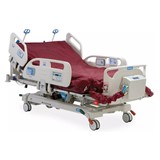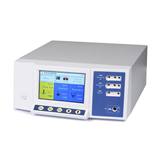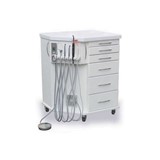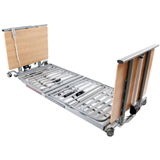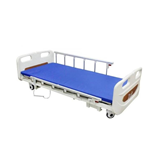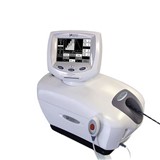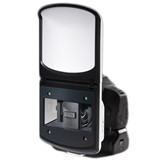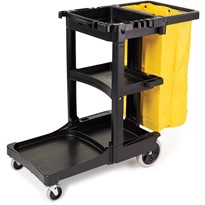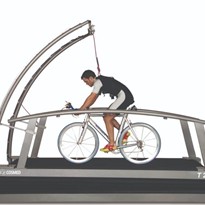Factors such as insufficient capacity, inadequate monitoring, and disorganized transfers impact hospital overcrowding and reduce efficiency.
Furthermore, high patient volume is dangerous and can lead to increased patient harm, including healthcare-associated infections, increased length of stay and higher rates of readmission. Integrating connected care technologies can help improve throughput, providing benefits for patients and hospital systems.
What causes low patient throughput?
Throughput issues often begin in the emergency department (ED) where overcrowding is linked to poor patient outcomes. This is a result of clinically significant delays and decreased recognition of deterioration—both factors that can increase patient length of stay. While the causes of ED overcrowding are complex, high volume of critically ill patients, insufficient capacity and high patient-to-nurse ratios all contribute to low patient flow.
Inefficient communication, both in and out of the ED, can have additional repercussions to patient flow. Up to 80% of serious medical errors involve miscommunication between medical providers at patient hand-off. Moreover, inefficient communication can lead to loss of valuable time in arranging consults and transfers, potentially delaying patient treatment and discharge. These interruptions in patient care also contribute to high patient population and increase risk of complications.
Low patient throughput can also be related to inadequate monitoring. High patient load can inhibit early detection of patient deterioration and patient injuries, which may contribute to patient complications. In the Med-Surg environment, falls, pressure injuries and hospital-acquired infections are common complications that may be reduced with improved monitorinig. Once these complications arise, however, patients may need to stay in the hospital longer, which may inherently contribute to patient throughput.
How do you help improve throughput in your healthcare facility?
Improving patient throughput in your organization is an integrated effort that requires collaboration at every step of the patient experience, from admission to discharge. Introducing technology, clear clinical protocols and a multidisciplinary workflow can help improve throughput while maintaining high quality of care and minimizing adverse outcomes.
The integration of technology can create a connected care model that saves valuable time to help improve patient throughput. When weighing the costs, switching to a connected care system may seem high, but investing in patient throughput optimization can provide real benefits to both patients and healthcare organizations.
Technology can:
- Streamline communication between caregivers and patients
- Enhance collaboration
- Improve patient hand-off
- Reduce errors
- Aid in continuous monitoring
- Allow caregivers to spend more time with patients
How can improving throughput help?
Check out the case studies below to learn how various healthcare organizations improved their throughput.
At NCH North Naples Hospital in Naples, FLA, automatic transmission of vital sign data into the EHR led to:
- 14 minutes saved per clinician per vitals round
- 82% efficiency gained in charting patient vitals
- Average data latency reduced from 46 minutes to 27 seconds
Continuous monitoring in an inpatient 33-bed Med-Surg unit led to:
- 86% reduction in code blue events
- 45% reduction in ICU days on patients transferred from Med-Surg
- 9% reduction in length of stay
For Patients
- Shorter length of stay
- Faster discharge
For Caregivers
- Greater efficiency
- More time with patients
When Avera Health in Sioux Falls, SD, integrated a mobile communications platform into the EHR to improve discharge time:
- Discharge time decreased by 25 minutes per patient
- With almost 30,000 annual discharges and the cost of an empty bed estimated at $167 per hour, this saved the hospital up to $1.8 million annually
Further, NaviCare® Nurse Call helps anticipate care to improve satisfaction:
- Decreased response time from >8 min to 2 min
- 14% increased patient hospital rating scores
- 30% more time spent on direct patient care
Summary
High patient census is often associated with poor patient outcomes and high hospital cost. By integrating technologies, patient throughput can be improved allowing hospitals to treat a larger volume of patients with the same quality of care. As a result, patients may experience fewer complications resulting from prolonged hospital stay. Connected care technology can reduce errors, enhance collaboration and increase efficiency resulting in increased value to patients and hospital systems.



